Top 10 Easter Traditions From Around the World
6 February 2024
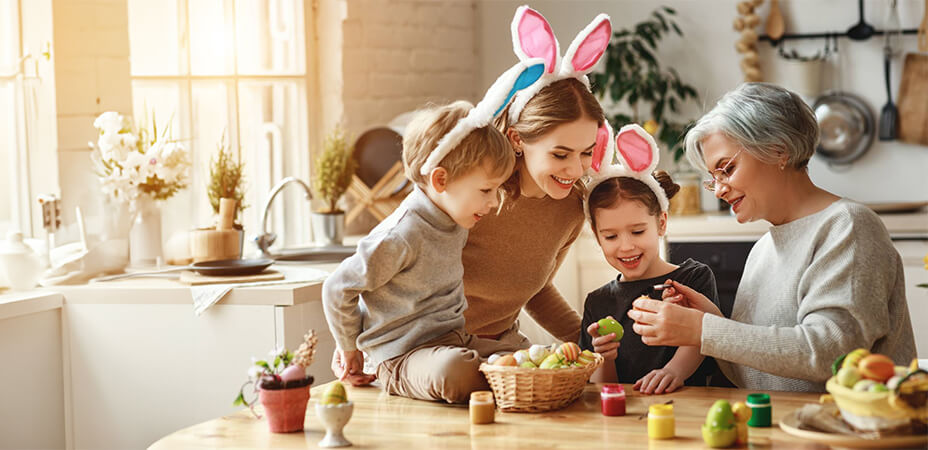
SHARE:
While Easter is one of the most important dates in the Christian calendar, many people in the West also associate this time of year with chocolate eggs, bunnies and decorated bonnets.
We decided to take a look around the world to seek out some other interesting Easter traditions.
Here are our top 10:
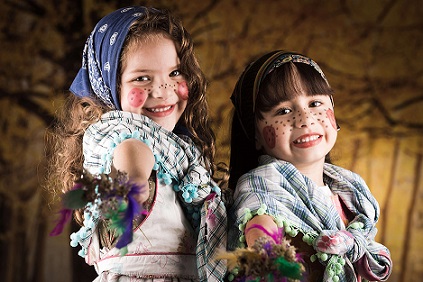 |
1. The Easter Witch in SwedenEaster celebrations in Sweden have become a more secular affair in recent years, blending Christian traditions and Norse folklore. Since the late 19th century, one of the more quirky traditions, The Easter Witch celebration, has grown in popularity. Children wear dresses and aprons, paint their cheeks red and draw freckles on their faces to go knocking on doors to wish people ‘Glad påsk’ (Happy Easter) in exchange for sweets. This tradition was inspired by a folk tale about a witch who flew on a broom to the island of ‘Blåkulla’ to commune with the devil and then return on Easter Sunday. The story was inspired by witch hunts that were prevalent in the Middle Ages. |
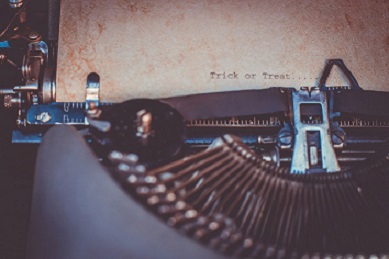
|
2. Easter Crime in NorwayNorwegians use the Easter weekend to indulge in tales of mystery and crime. This tradition began in 1923 as a result of a marketing campaign run by publishers Gyldendal, who were promoting a new crime novel about a train robbery on Norway’s Bergen line. Gyldendal took out an ad on the front page of a newspaper, which many people mistook for a real news story. Once people found out the truth, the book became successful and so did the tradition. Many Norwegian publishers wait to release books close to Easter time to get more buzz. Even the TV and radio stations cater their content to popular whodunits and mystery shows. |
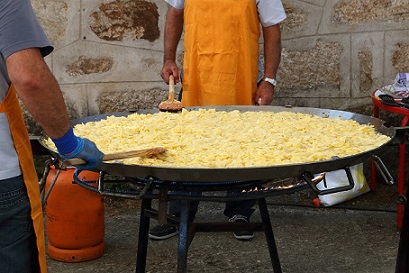 |
3. The Giant Omelette in FranceBessières in the south of France has an exciting Easter tradition that involves the whole community. Traditionally people have gathered in the town at Easter to enjoy some omelette together and it became so popular that, in 1973, Bernard Beilles, president of a friendship group known as the Brotherhood, decided he wanted to make massive omelettes to feed the needy. The popularity of this omelette event grew into a festival, involving food and community. It culminates on Easter Monday with the grand giant omelette event. Today, members of the Brotherhood and volunteers take on the colossal task of cooking 15,000 eggs on a giant frying pan that needs to be set up with a forklift over a bonfire. There’s enough omelette to feed over 2,000 locals and tourists. This Easter tradition has become so popular that it’s been adopted in other countries including Belgium and Argentina. |
 |
4. Tobacco tree in Papua New GuineaYou’d be surprised to know that as a massive cocoa exporter, the people of Papua New Guinea are not a fan of chocolate. And so their Easter celebration does not include Easter eggs. Instead, they hang tobacco and cigarettes on trees and branches outside the church for the congregation to take after the Easter service. The free tobacco makes the church Easter service a popular one. |
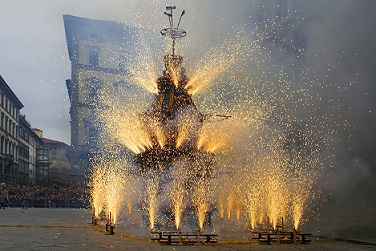 |
5. Easter fireworks in FlorenceThis tradition is magnificent to see in person. A massive cart rigged with fireworks is accompanied by a parade of people from the Church of SS. Apostoli to the Cathedral of Florence. At 11am, when the congregation sings Gloria, the Archbishop lights up a dove-shaped rocket and sends it out on a wire to the cart where all the fireworks light up for a spectacular show. Some believe the more fireworks that are set off by the dove, the more likely it is that it will be a fruitful year for harvesting and life. |
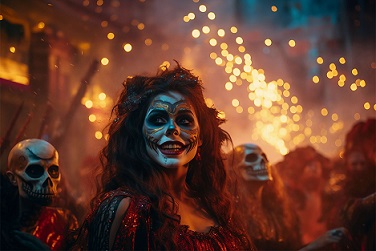 |
6. Easter skeletons in SpainIn the northern Spanish city of Girona, the Passion of Christ is re-enacted with a dance procession in which the performers are dressed in skeleton costumes. The performance reaches a crescendo when two skeletons carry a dish with ashes which is then set on fire for a spectacular view of the procession. You will also see skeletons dancing with sickles with the inscription ‘Nemini Parco’ which translates as ‘death forgives no one’. The dance procession is also meant to represent the judgement to come in the afterlife. |
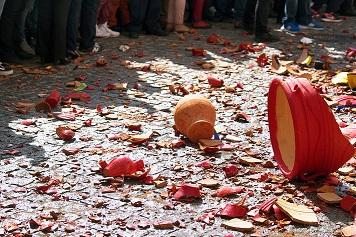
|
7. Breaking of pots in GreeceIn the Greek island of Corfu, on Easter Saturday and, at exactly 11am, the bells of the church ring joyfully as people throw large clay pots – tied with red ribbons and filled with water – off their balconies. Many locals and tourists gather around the streets to watch. This tradition is meant to signify rebirth and to celebrate what is to come. Some visitors collect pieces of the broken pots as a sign of blessing and good luck for the year ahead. After the breaking of the pots, the philharmonic orchestra march the streets playing joyous music. |

|
8. Following the Ram in AustriaThis Austrian tradition begins with godparents visiting their godchildren to bring them ‘Godnküpfi’, a sweet pastry-like delicacy made of yeast. Once they’ve had their meal, the families then join a procession that follows a ram that is decorated beautifully. The procession follows the road that leads to the church – once at the church, the ram will be led around the altar three times before the start of mass. Once mass is finished, the ram will be auctioned off. |
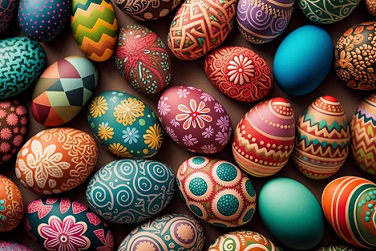
|
9. Egg Painting in PolandEggs have been associated with hope and rebirth and have been adopted into the Easter tradition for over 2,000 years. In Poland, people decorate eggs with intricate patterns and bright colours for Easter. Some people bring their newly made Easter eggs to the church to be blessed on Easter Saturday before giving them out to their loved ones as a token of love and blessing. |
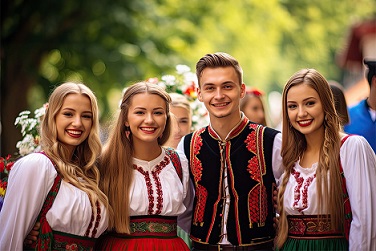
|
10. Easter Splashing in HungaryIn Hungary, a fascinating Easter tradition happens on Easter Monday when Hungarian men sprinkle or splash women with water or perfume. This gesture is meant to signify fertility. In return, women gift the men colourful decorated eggs as a symbol of new beginnings. Today, people tend to splash anyone and people even drench others using water pistols. |